What’s a prime, the difference between a fixed lens and a zoom lens.
Starting out in photography you usually begin with a kit lens. A kit lens being a lens that your current camera model comes with. When I bought my first DSLR my Canon t2i came with the 18-55 mm kit lens. It’s standard for that camera. Its range is very limited but enough for a beginner photographer to capture everything from photos of people to landscapes. It zooms in enough to frame your subject and zooms out enough to get more in the frame. But a prime lens is a different story.
It wasn’t until I really got into photography that I started to use prime lenses. A prime lens is a lens that is fixed at a certain focal length. Prime lenses come in a variety of focal lengths such as 20 mm, 24 mm, 28 mm, 35 mm, 40 mm, 50 mm, 85 mm, 105 mm, 135 mm, 200 mm, 300 mm, 400 mm, and 600 mm.
You’re probably thinking to yourself why would I want to limit my focal length?
Well prime lenses are controlled by the photographer by walking towards or away from the subject to help you feel more connected to that subject. Prime lenses also let more light in so your photos have better image quality. They are usually more compact in size and are quicker than zoom lenses.
Dreamy quality.
A prime lens has a very unique quality about them. The subject can be separated from the background to give the photo an overall dreamy quality using bokeh. Bokeh are out of focus areas of an image that give visual interest to the photograph. That might be my favorite thing about using prime lenses. When you use a prime lens the depth of field can be very shallow. Shallow depth of field shows only a small part of an image in focus while the rest of it is out of focus. This comes in handy when you want to isolate your subject from the background.
Example #1
Here’s an example of a photograph on a standard kit lens vs a prime lens.

As you can see the difference is quite apparent. I love the stylized look of the prime lens. It makes your photographs even more special. This is a great example of shallow depth of field. The bottom photograph is only in focus on the subjects face specifically her mouth. It draws the viewer into the photograph.
Prime lens are the bees knees.
Another reason prime lens speak to me is that every focal length is different and unique in their own way. I started with the 50mm lens, and now I shoot with an 85mm and 35mm. The 85 has the most foreground to background separation between the two. It’s a telephoto lens meaning its magnified to blow out the background of an image. With the 50mm you can focus when your about a foot a way from your subject as for with the 85mm you have to be about three feet away.
Example #2
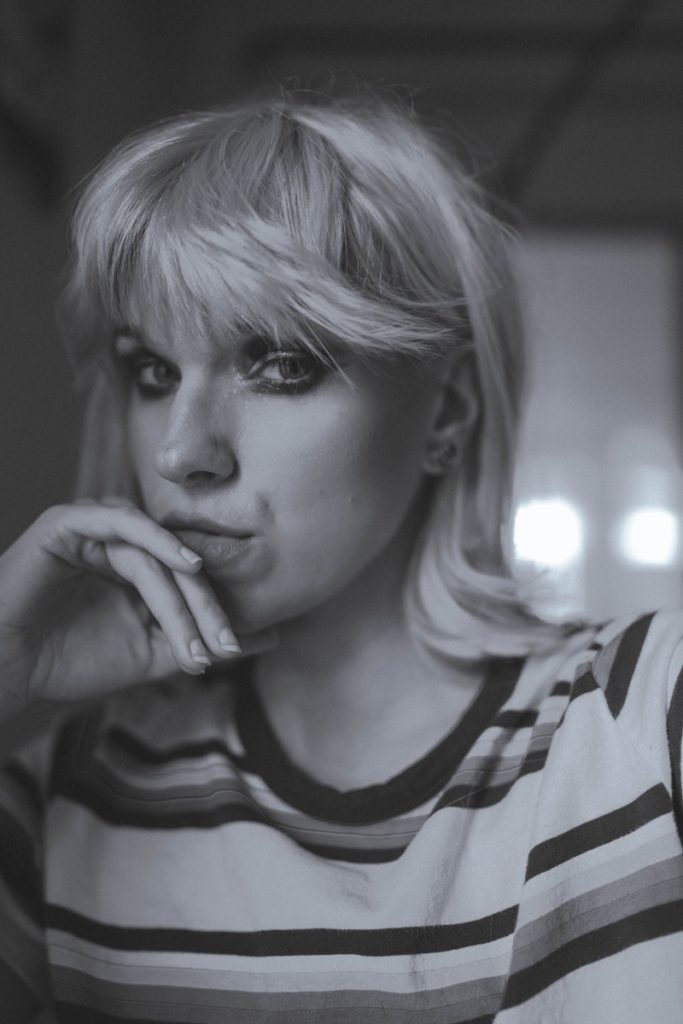
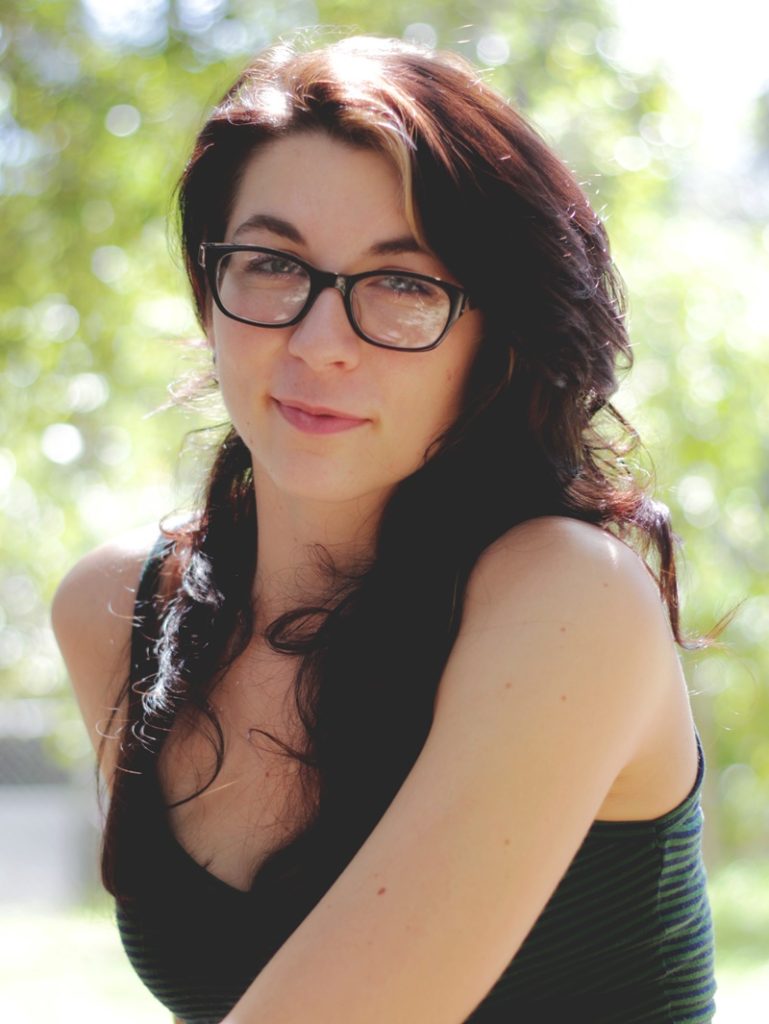
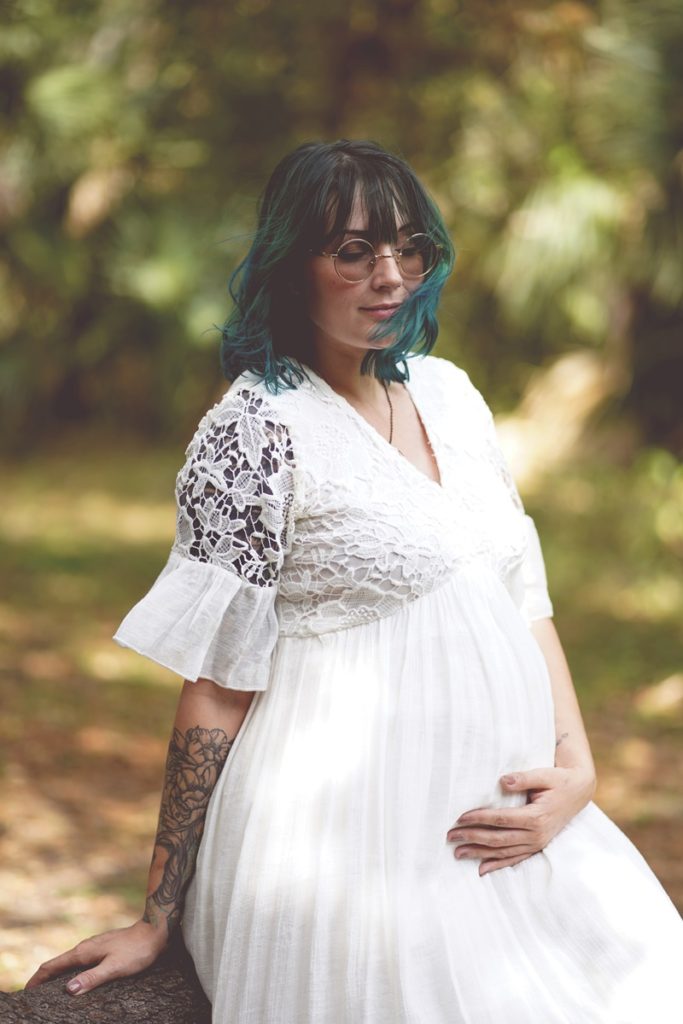
Both lenses are incredible to work with. I would recommend a 50mm or 85mm for portrait work because of it’s lack in distortion of the image. When you go lower than 50mm the image widens. My next lens will be the 35mm. A 35 is fairly similar to a 50mm but more of the image is in frame so its great for portraits that you want the environment in. I can’t wait to get mine I’m so excited to have another that’s wider.
A kit lens might be your go to now but if you are comfortable trying a prime lens out I would highly suggest it. It’s a great way to expand your horizons when it comes to photography. I really think prime lens made my passion grow. I hope it does the same for you.


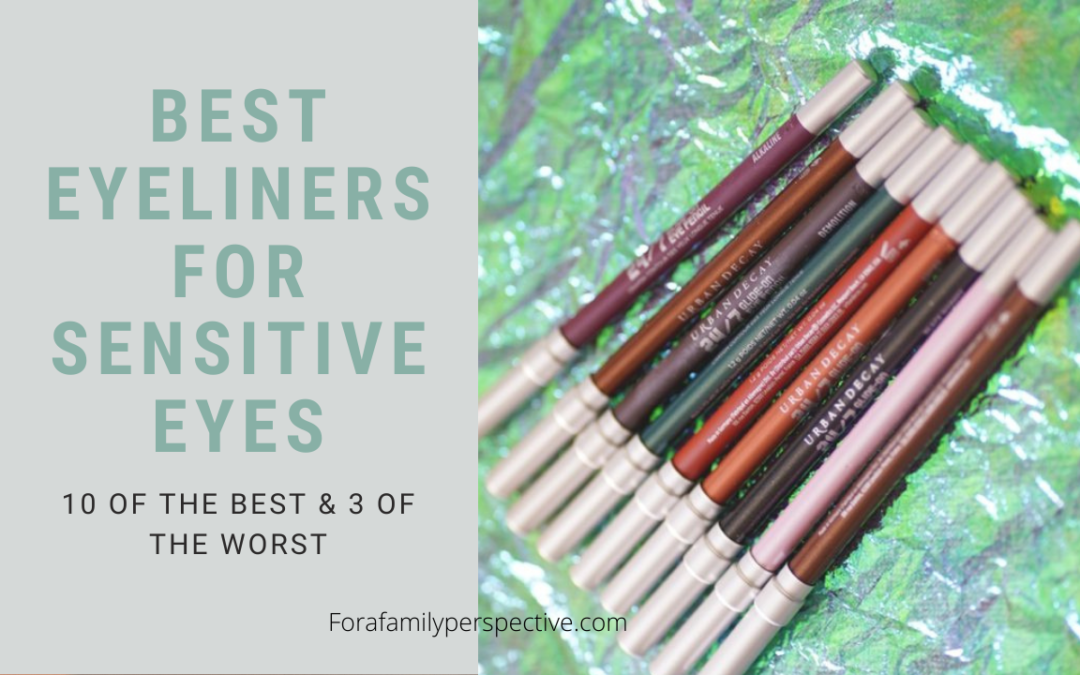

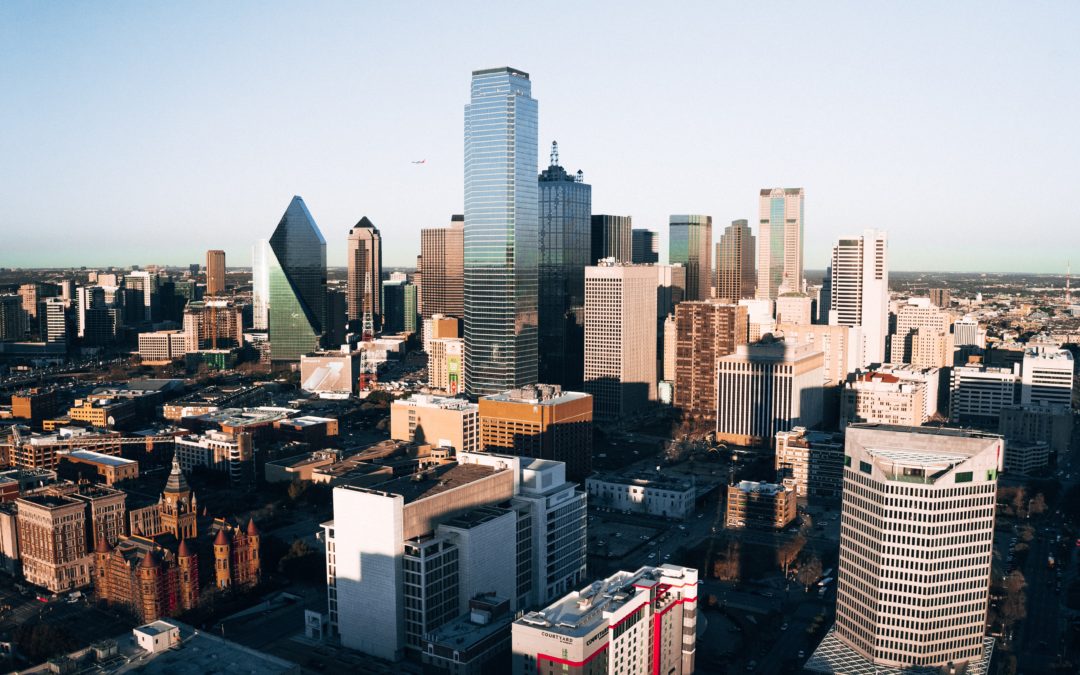
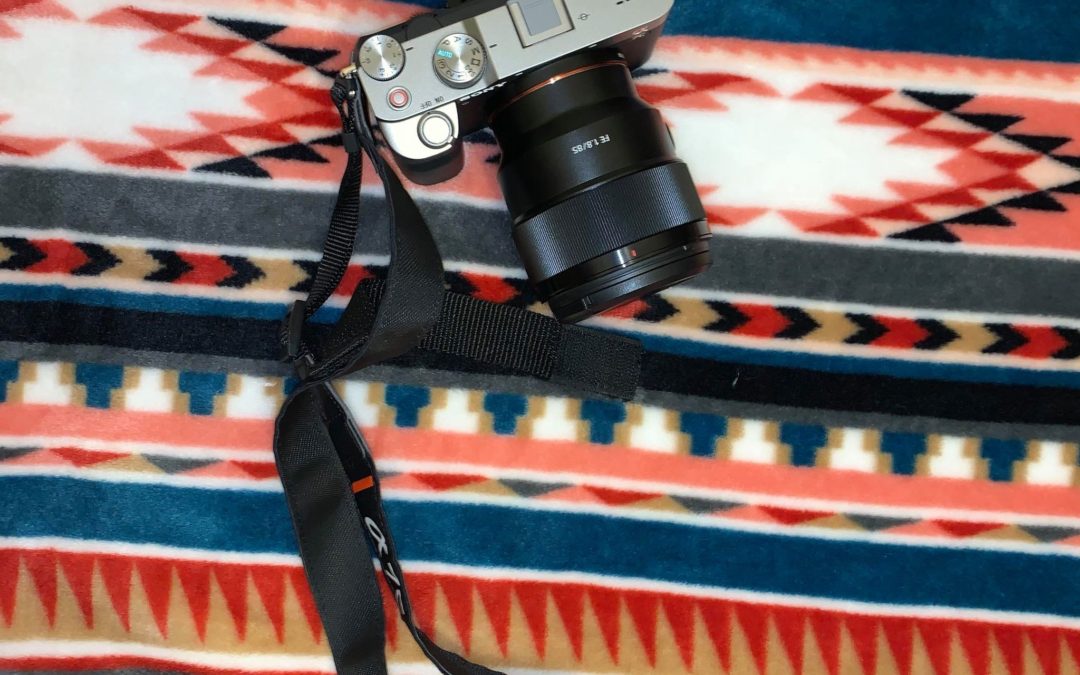



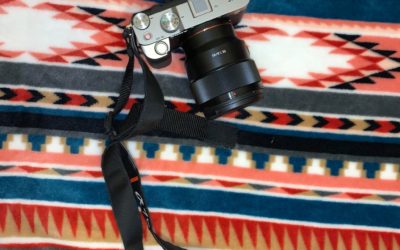

0 Comments